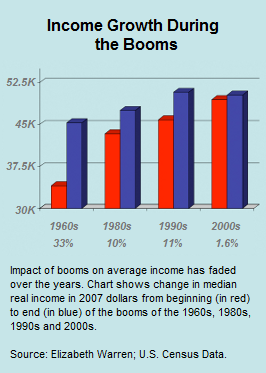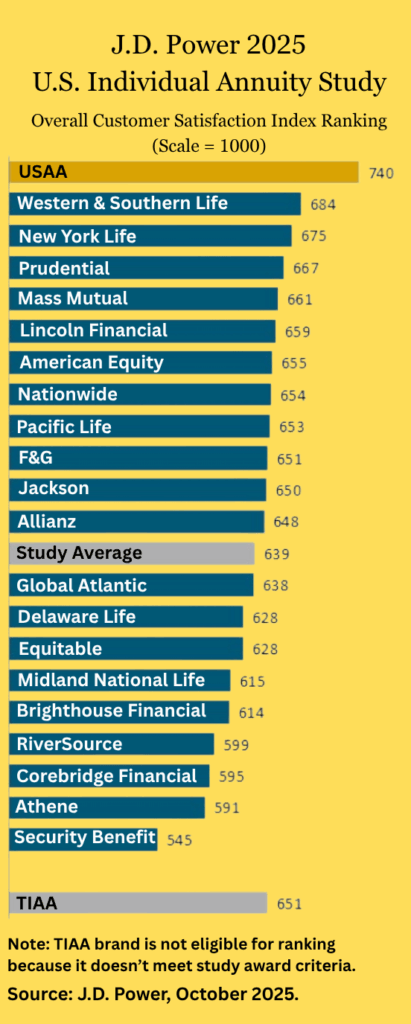
A lawyer in league with the Angel of Death, Joseph Caramadre prospected for variable annuity clients among hospice residents and the gravely ill. He paid sick people or couples as much as $10,000 just to put their name on an annuity contract.
For some 15 years, in fact, the prominent Rhode Island attorney, whose family was named the state’s “First Family of Giving” in 2009 for its generosity to the United Way and other causes, quietly helped initiate dozens of these “stranger-originated annuity transactions,” or STATs.
 While hospice patients got checks for a few thousand dollars, Caramadre’s associates earned hundreds of thousands in annuity sales commissions. Thanks to the contracts’ enhanced death benefits, his clients invested risk-free during the days, weeks or months until the annuitant died, and stood to earn guaranteed interest or bonuses.
While hospice patients got checks for a few thousand dollars, Caramadre’s associates earned hundreds of thousands in annuity sales commissions. Thanks to the contracts’ enhanced death benefits, his clients invested risk-free during the days, weeks or months until the annuitant died, and stood to earn guaranteed interest or bonuses.
Now Western Reserve Life and Transamerica Life are trying to recover some of those death benefits and commissions, according to complaints filed in U.S. District Court in Rhode Island since last October in which the two companies charge Caramadre, his employees and various brokers with fraud.
Caramadre’s attorney denies the accusation. “There’s no fraud involved whatsoever,” says Robert Flanders, a former Rhode Island Supreme Court Justice and Harvard Law graduate told Retirement Income Journal. “He’s simply taking advantage of the way these contracts are structured.”
Bizarre as it is, the Caramadre case is not unique. Legal documents obtained by RIJ describe a cluster of MetLife, Sun Life, New York Life, Genworth, and Hartford annuities, involving some $9 million in premiums, purchased by a group based in New York City on the life of a destitute, 38-year-old African-American woman dying in a Chicago nursing home. (See below, and “The Exploitation of Sherry Lynn Pratt.”)
Exploiting enhanced death benefits
More on Western Life and Transamerica’s allegations in a moment. First, a bit of background:
STATs are not to be confused with STOLIs, or stranger-originated life insurance transactions. In STOLIs, investors buy in-force life insurance policies from the elderly or pay elderly, infirm people to buy life insurance and designate the investors as beneficiaries. STATs work a little differently.
Typically, a destitute, isolated and terminally ill person—who may or may not be aware of the nature of the transaction—is located by intermediaries to serve as the annuitant of a contract where an enhanced death benefit rider is elected. A third party—an investor—puts up a large premium and is the owner and designated beneficiary.
Advertisement The strategy takes advantage of the contract’s death benefit, either to insure the beneficiary’s investment against market losses or to take advantage of a death benefit enhancement. “By using terminally ill annuitants with short lifespans, the enhanced death benefits, and aggressive investment strategies, the annuity contract becomes a vehicle for a short-term investment in the equity markets,” one of the lawsuits said, adding that:
“When the annuitant dies (ideally not too long or short after contract formation), the owner/beneficiary locks in any market gains during that period. Should the markets yield losses, the enhanced death benefits guarantee, at a minimum, a return of the investment premium.”
The lawsuits indicated that money can also be laundered by a STAT, because an agent, broker-dealer or insurer may neglect to scrutinize the premium, and soon returns it to the owner in the form of a death benefit check from a reputable insurance company.
An insurer becomes vulnerable to STATs when, perhaps to seek a competitive advantage, it offers a rich enhanced death benefit and doesn’t specifically prohibit STATs in its prospectus. The “double enhanced death benefits” in the Western Reserve and Transamerica policies, for instance, offered guaranteed 5% and 6% compound interest on the premium as well as annual step-ups to the annuity’s market value.
Investors may also use the death benefit to invest safely in risky assets. The Western Reserve variable annuity contract purchased by several of Caramadre’s clients, Freedom Premium III, offered aggressive investment options. One of its fund providers, Profund Advisors, offered narrow sector funds, “short” funds, a “Falling U.S. Dollar” fund and an “UltraSmall-Cap” fund.
Life insurance companies would be acutely hurt by STATs when a bear market—such as the two we’ve seen in the past decade—puts deferred annuity death benefits deep in the money. Insurer losses on death benefits in the early 2000s were famously steep.
But the fact that the annuitants in these cases were terminally ill with lung cancer and other ailments—people with less than three months to live “automatically qualified” for “the program,” according to Caramadre’s December 2007 ad in the Rhode Island Catholic newspaper—suggests that the policies would be of less use as investment insurance than as ways to generate commissions, earn bonuses, or obscure the sources of premiums.
MetLife and ING
One of the plaintiff’s attorney in the Rhode Island suits told RIJ that he was not aware of other STAT cases in the United States currently. But there are signs that MetLife and ING have also grappled with the STAT issue to some degree.
In January 2009, MetLife Investors filed a suit in U.S. District Court, the eastern district of New York, against Daniel Zeidman and the estate of Sherry Lynn Pratt, a 38-year-old Chicago nursing home patient who was in the annuitant in a MetLife deferred variable annuity with a 6% purchase payment credit that Zeidman bought in February 2008.
| From a ‘STAT’ Notice Issued by ING USA Annuity |
|---|
Appointed producers are prohibited from selling an annuity contract if:
Source: ING Annuity and Life Insurance Company, May 2009. |
Zeidman, who provided a $975,000 purchase premium, was named as Pratt’s beneficiary. Pratt, a quadriplegic, died of bedsores within less than a month after the contract was purchased.
In November 2008, an attorney for Pratt’s family, Robert Auler, told MetLife that Ms. Pratt, an arm amputee, could not possibly have signed an annuity contract. Both Daniel Zeidman and Pratt’s family have claimed the $975,000. MetLife, which canceled the contract in January 2009 because of misrepresentations by the purchaser, is asking the court to decide who should receive the nearly $1 million—the Zeidman Estate, or the estate of Sherry Lynn Pratt.
By last spring, at least one other insurer took notice of the STAT issue. In May 2009, the chief compliance officer of ING USA Annuity and Life, Linda Senker, sent a notice to ING’s appointed producers that they would be subject to disciplinary action if they engaged in STAT transactions.
The suits by Transamerica and Western Reserve Life came last fall. They reportedly sparked an investigation by the U.S. Attorney’s office in Providence of Caramadre’s financial practices. Although the U.S. Attorney would not confirm or deny that they opened an investigation, Caramadre attorney Robert Flanders confirmed that he and his client are cooperating with one.
© 2010 RIJ Publishing. All rights reserved.




 Many investors have traditionally relied on stocks and bonds to see them through retirement, based on the widely held – yet often incorrect – assumption that equities are a suitable inflation hedge. It is true that equities might perform well over many time periods, even in the New Normal. However, the volatility of equity returns could represent a substantial deviation from purchasing power when equities do not perform well versus inflation, such as the 10-year period that ended December 31, 2009, or during periods of extremely high inflation like the 1970’s.
Many investors have traditionally relied on stocks and bonds to see them through retirement, based on the widely held – yet often incorrect – assumption that equities are a suitable inflation hedge. It is true that equities might perform well over many time periods, even in the New Normal. However, the volatility of equity returns could represent a substantial deviation from purchasing power when equities do not perform well versus inflation, such as the 10-year period that ended December 31, 2009, or during periods of extremely high inflation like the 1970’s. 
 Fidelity and AXA Equitable have both released memorable, multi-faceted online sales campaigns for new variable annuities over the last three months. Fidelity’s November launch of the MGGI (MetLife Growth and Guaranteed Income) variable annuity was backed by homepage promotional imagery that integrated the firm’s flagship GPS campaign theme and linked to a comprehensive product page.
Fidelity and AXA Equitable have both released memorable, multi-faceted online sales campaigns for new variable annuities over the last three months. Fidelity’s November launch of the MGGI (MetLife Growth and Guaranteed Income) variable annuity was backed by homepage promotional imagery that integrated the firm’s flagship GPS campaign theme and linked to a comprehensive product page. 





